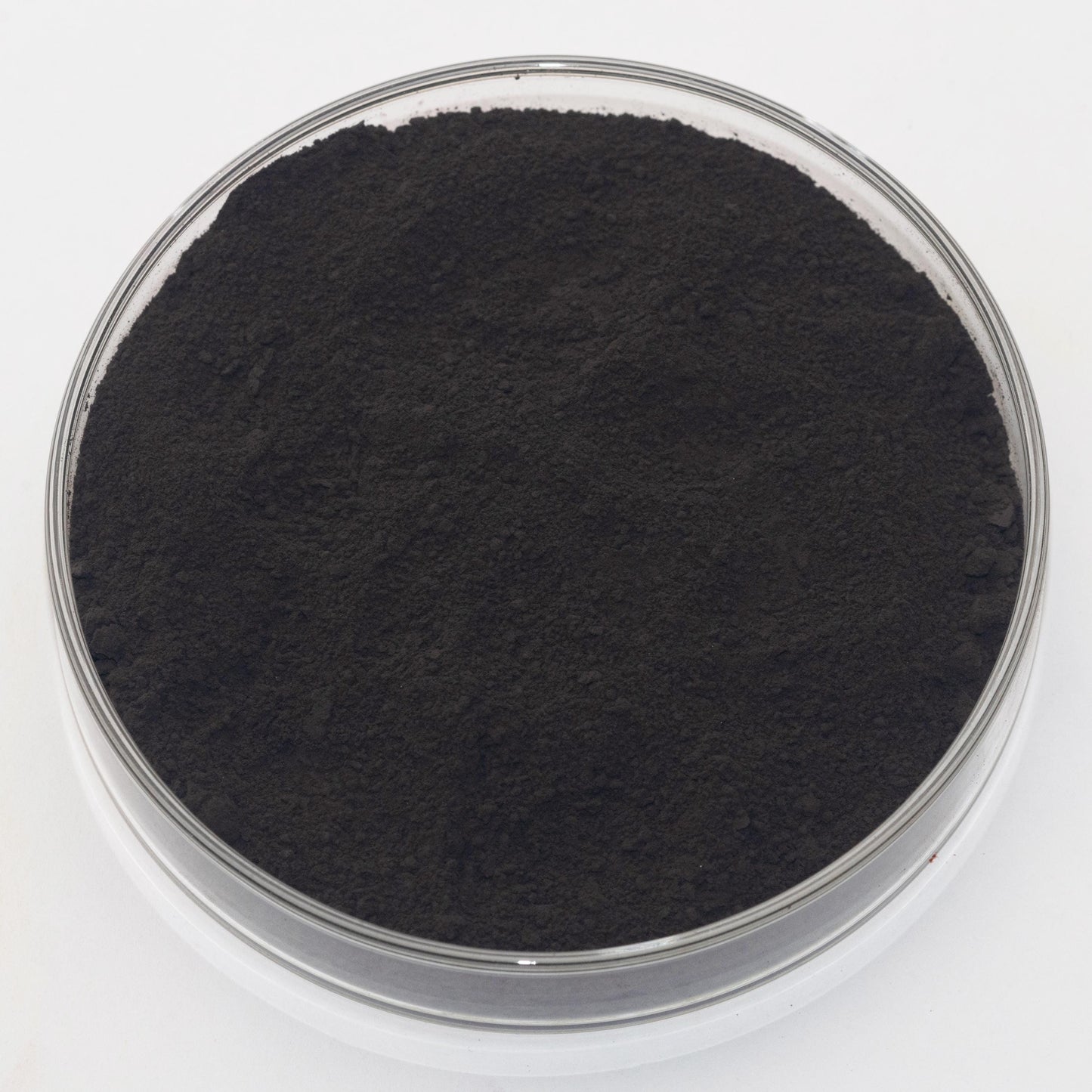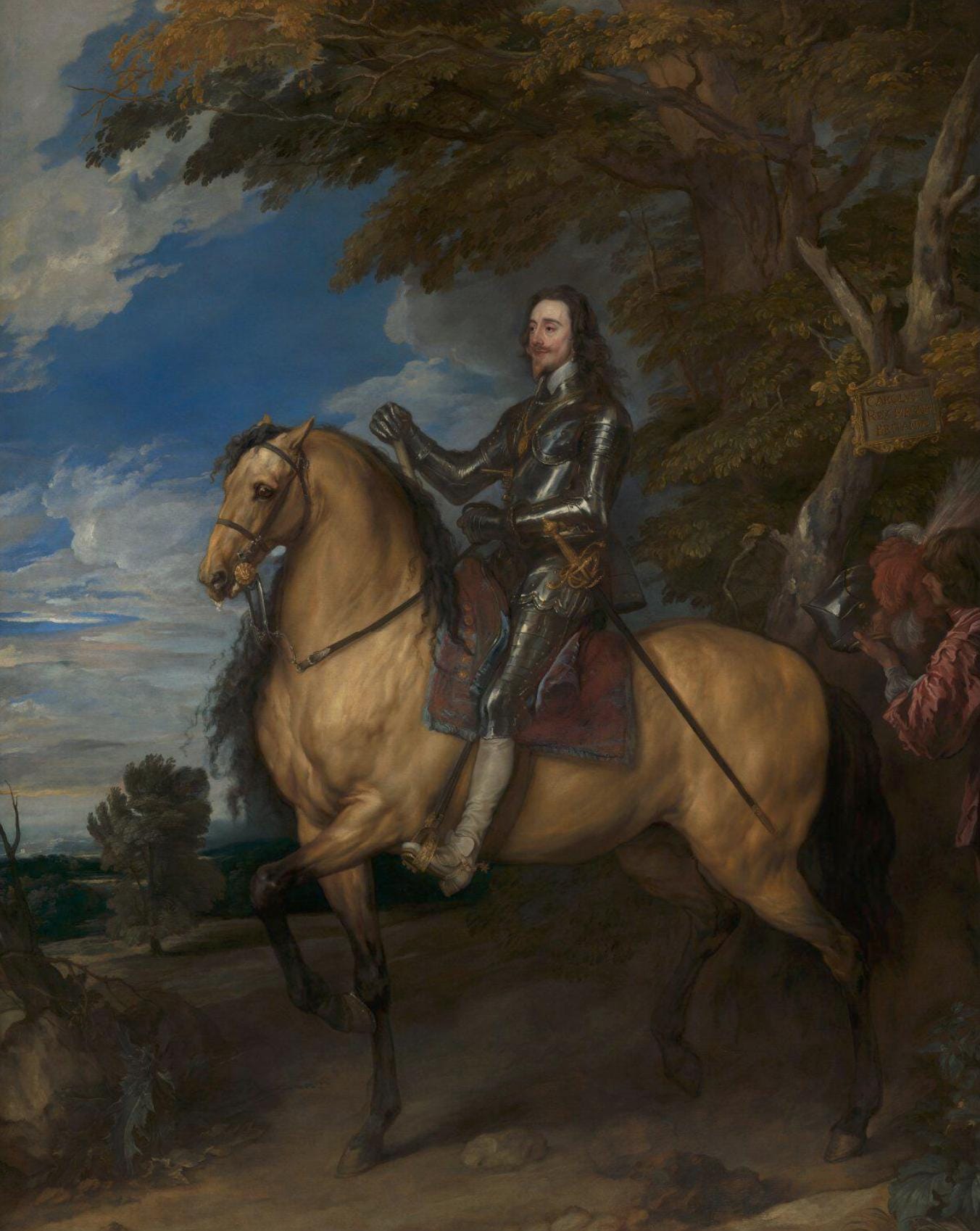Verona Brown Umber
Verona Brown Umber
Couldn't load pickup availability
Share


Description
Verona Brown Umber also known as Cassel Earth is a handmade single earth pigment sourced from the clay-rich soils of Verona, Italy. Traditionally derived from lignite and organic deposits, this pigment was historically used for its deep, warm brown tones. Modern versions are based on iron oxides to enhance durability and lightfastness while preserving the rich, earthy qualities of the original material.
This pigment has strong covering power and blends well with other earth tones, making it an essential choice for classical and contemporary artists. Its semi-opaque nature allows for excellent layering in oil, watercolor, and tempera applications. Unlike synthetic browns, Verona Brown Umber offers a subtle, natural warmth that is ideal for glazing, underpainting, and creating depth in shadows.
Verona Brown Umber has exceptional lightfastness, making it highly durable for both classical and contemporary artwork. It blends seamlessly with other earth pigments, offering warm and harmonious tones in painting. Its semi-opaque quality allows for beautiful layering and depth in oil, watercolor, and tempera applications. Compared to synthetic browns, it provides a more soft and natural color, ideal for landscape, portrait, and decorative painting.
History
Brown umber pigments have been in use since prehistoric times, appearing in some of the earliest known cave paintings. Natural organic brown pigments, such as those derived from lignite, were commonly used in medieval manuscript illumination and early fresco techniques.
During antiquity, Cassel brown and other lignite-based browns were widely used by the Romans for decorative painting, wall frescoes, and ceramics. These pigments were appreciated for their natural warmth and ability to produce rich, deep shadows.
By the Renaissance, brown umbers were essential for creating realistic tonal variations in oil painting. Artists like Caravaggio and Rembrandt favored umbers for their ability to quickly dry and create dramatic contrasts in chiaroscuro painting. The deep, natural warmth of brown umber made it an indispensable part of an artist’s palette for shading and underpainting techniques. In the pictured artwork 'Equestrian Portrait of Charles I' by Anthony van Dyck, earth browns are used extensively to create subdued tonality and subtle earth colors.
In the 19th century, natural lignite-based browns such as Cassel brown were largely replaced by more stable iron oxide-based pigments. These replacements provided greater permanence and lightfastness, ensuring the longevity of artwork. The Italian sources of brown umber, including those from Verona, remained highly valued for their quality and warmth.
Today, Verona Brown Umber continues to be used in fine art, restoration, and conservation projects, preserving its historical importance and aesthetic richness.
Health and Safety
Precautions:
Keep out of reach of children and pets.
Do not consume.
Not for cosmetic or food usage.
Do not spray apply.
For further health information contact a poison control center.
Use care when handling dry pigments and avoid dust formation.
Use particular caution with fibrous, fine, or toxic pigments.
Do not eat, drink, or smoke near dry pigments.
Avoid breathing in pigment dust and use a NIOSH-certified dust respirator with sufficient rating for dry pigment.
Wash hands immediately after use or handling.
If dust is likely, always wear protective clothing to keep out of eyes, lungs, off skin, and out of any contact as well as keep area ventilated.
This product may contain chemicals known by the State of California to cause cancer, birth defects, or reproductive harm.
Warnings and bottle information are abbreviated.
Pigment Information
Pigment Type: Natural (Iron Oxide and Manganese Oxide) from minerals (Goethite and Hematite) (Italy)
Suitable Mediums: Watercolor, Oil, Tempera, Acrylic
Lightfastness: Best
Opacity: Semi-opaque
Other Names: Cassel Earth, Vandyke Brown, Verona Earth Brown
Color Index Code: PBr7
Image: 'Equestrian Portrait of Charles I' by Anthony van Dyck from the National Gallery


